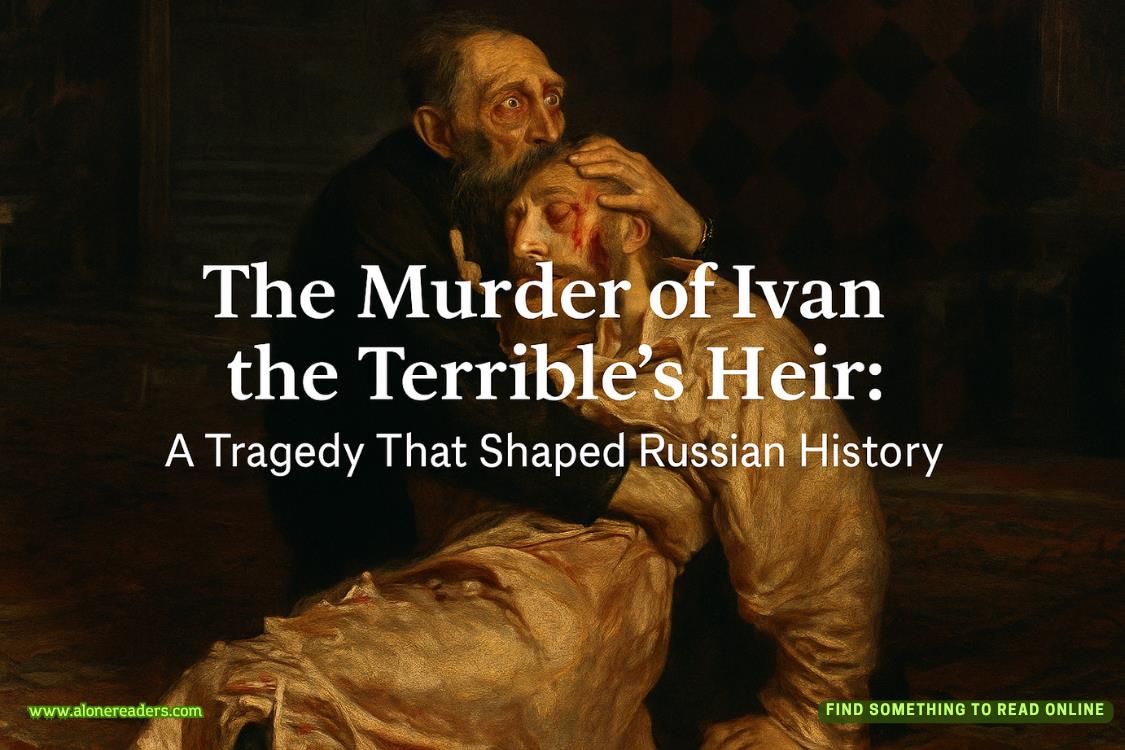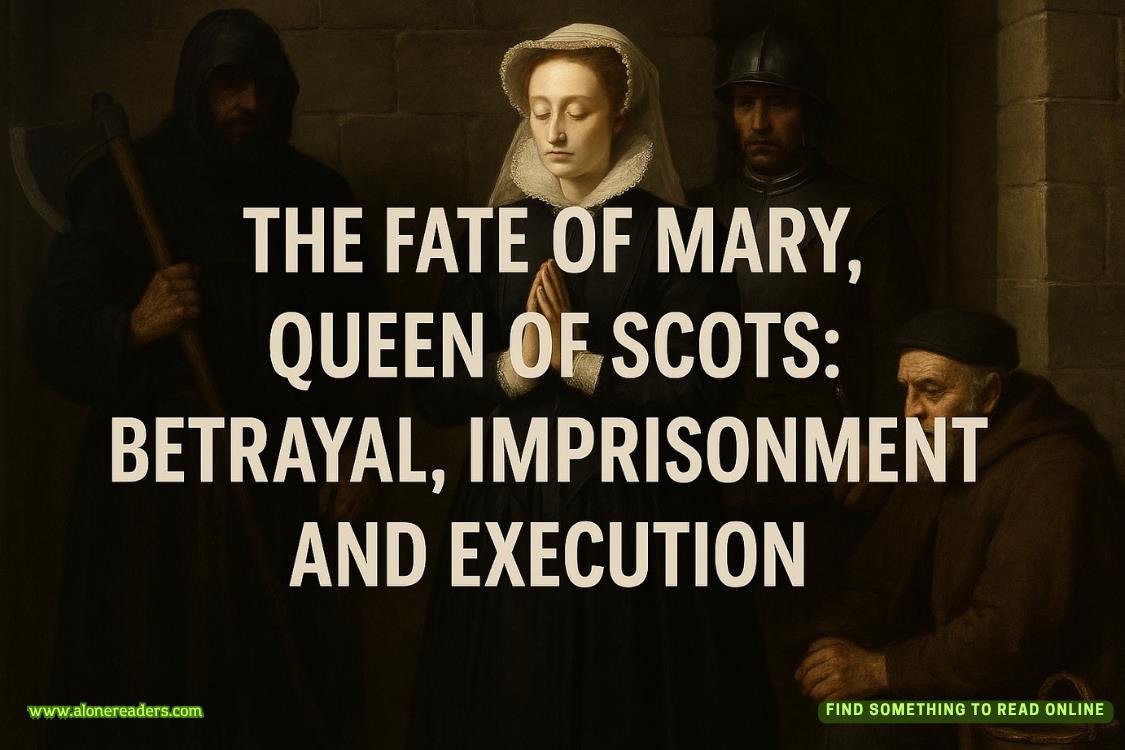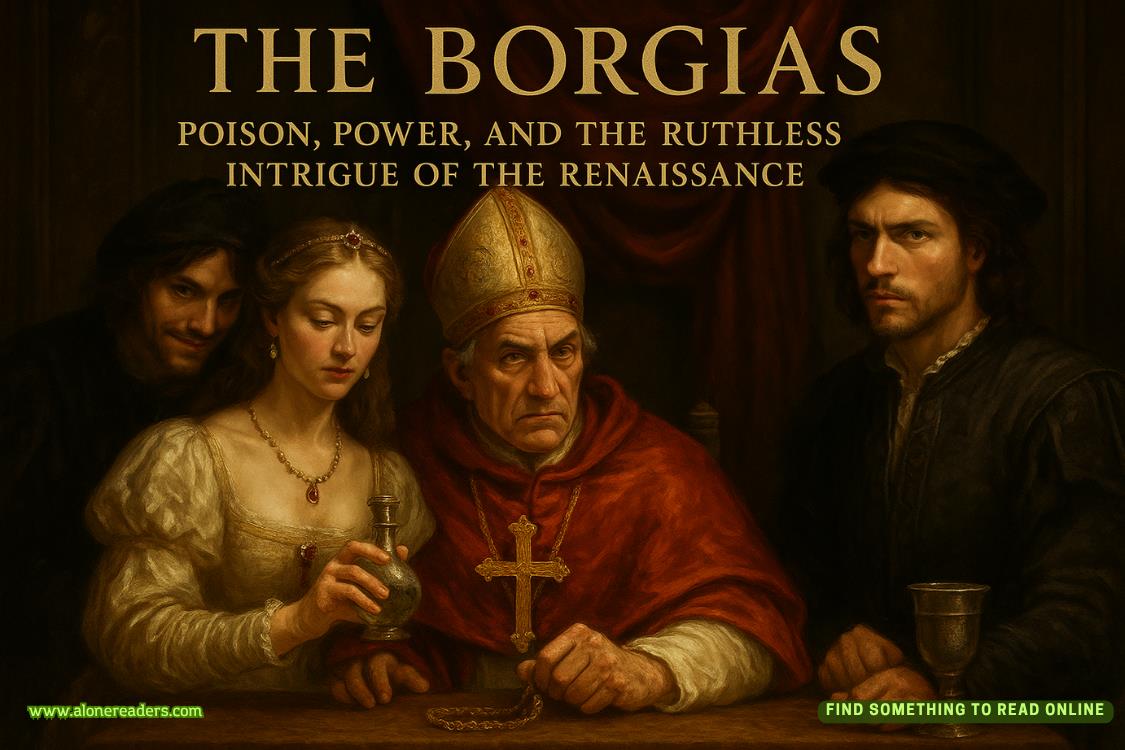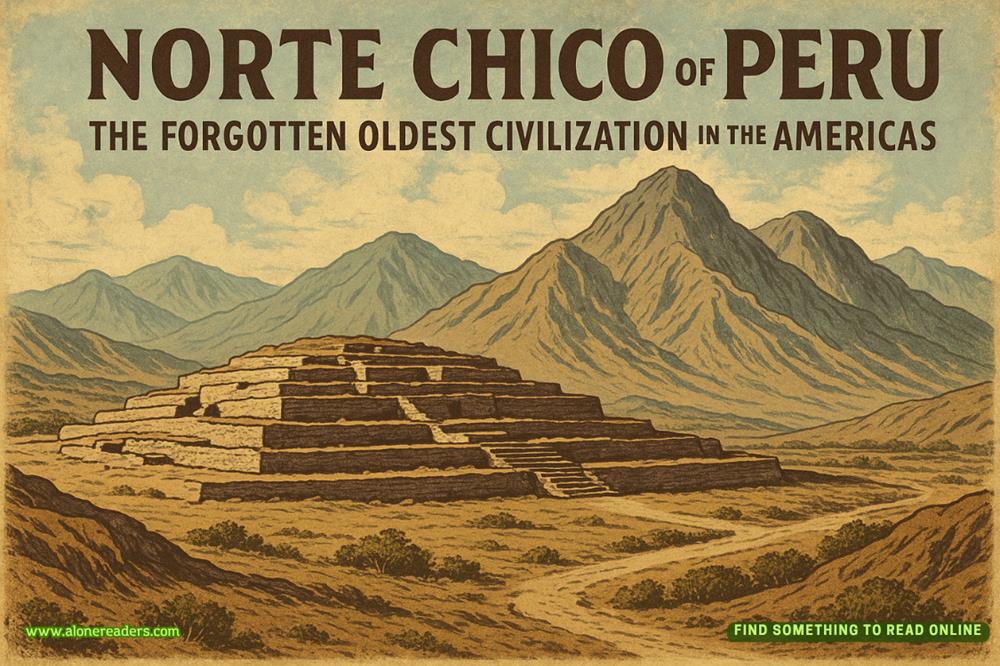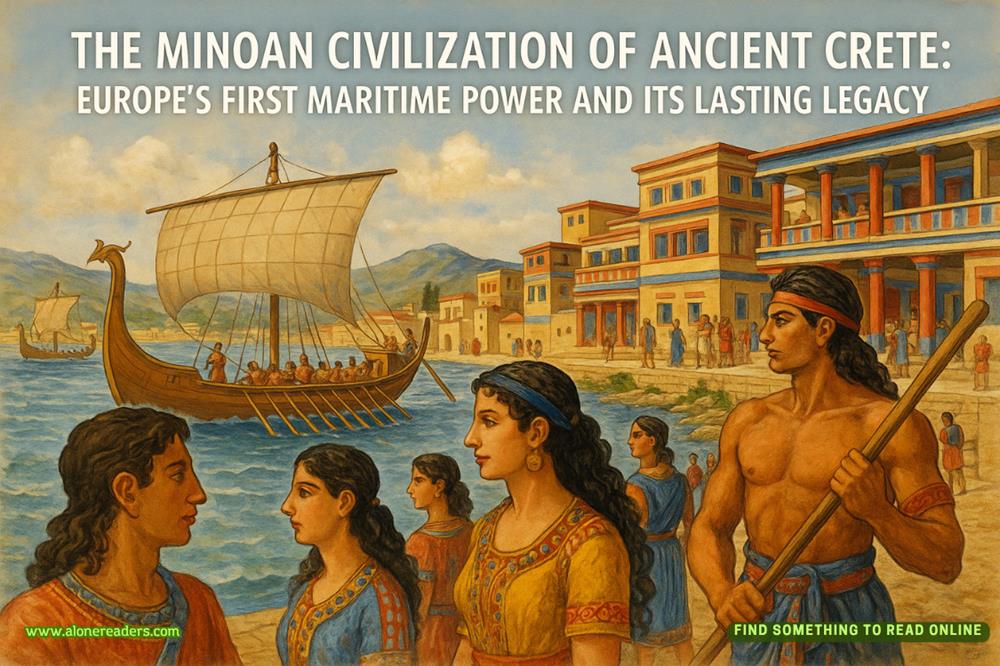Page 83 of Welcome to Murder Week
“I thought she had a dodgy hip like me,” Naomi says. “It never occurred to me that it was a clue.”
“And it never occurred to Lady Blanders that she had left behind several clues,” Wyatt says. “First, Lady Blanders put the black nylon robe in the washing machine to ensure that there would be no traces of blood on it. But the fact that the next day there was only one robe in the machine was suspicious, as surely the practice would have been to wash all the robes at the same time. She also left the plastic face shield in the sink, no doubt assuming that since it was clean it wouldn’t raise suspicion. Which might make sense if Tracy was known to use face shields, which she was not. Lady Blanders also failed to adequately hide either the umbrella that had shielded her upon her exit from the salon or the murder weapon, both of which she tossed in the bushes along the path. And there was one crucial clue that was an unfortunate act of nature. No doubt unbeknownst to Lady Blanders, her horse deposited a pile of manure on the path, which was immediately suspicious to the careful observergiven that the path in question was clearly marked as a footpath, not a bridle path.”
“Damn horse,” hisses Lady Blanders.
“Impressive,” Bix says, holding up his arms and clapping loudly. “Bravo!”
“Very smart indeed,” says Selina, looking dumbfounded.
“We’re not done yet,” Wyatt says. “We still need a murder weapon to clinch this case. And for that, I would like to thank Cath Little and Roland Wingford.”
Roland, who had been nodding off on the side of the room, perks up and smooths his tweed jacket.
“As you know, the autopsy results described but did not identify the murder weapon. But Cath’s careful reading of Roland Wingford’s detective novelMurder Afootpointed her in the right direction.”
General surprise, with none looking more delighted than Roland Wingford himself, who turns red in the cheeks, either from pride or the realization that he might be a few pounds closer to earning a royalty on his book.
“By reading about the hero of the book, Cuddy Claptrop, Cath learned about a blacksmithing tool called a flatter that is shaped precisely as the mysterious murder weapon described in the autopsy report. A flatter may seem like an unlikely weapon for Lady Blanders to secure, unless you recall the conversation between Lady Blanders and her groom after her daily ride. He inquired about ‘the new shoes.’ He was referring, of course, to new horseshoes. Lady Blanders said they were fine and asked if Mr. Welch was finished ‘with the others.’ He was not; he still had other horses to shoe. Remembering this unusual detail, we visited the blacksmith, Mr. Welch.”
This version is not accurate, of course, but I appreciate Wyatt not bringing in my personal story and the truth of what led us to the blacksmith.
“Lo and behold,” Wyatt continues. “Mr. Welch was missing a flatter. And he revealed that none other than Gladys Crone, Lady Blanders’s devoted maid, had been hanging around his van in the late afternoon on the day of the murder. A quick search in the bushes behind the salon and, voilà!” Wyatt nods to Amity, who steps forward with a tote bag. Wyatt takes the bag and, using his handkerchief, pulls out the tool. As the crowd exclaims and applauds, he hands the murder weapon to Germaine, who takes it between two fingers as if she’s holding a dead mouse.
When the room is quiet, Wyatt says, “I’m quite sure that, upon testing, the traces of blood on the flatter will prove to be a match for the blood of Tracy Penny.”
Everyone is clapping and hooting, even Lady Magnolia Blanders and Mrs. Crone. Wyatt takes a bow. He is beaming and laughing and might even be a little teary. Amity hugs me tight. If I hadn’t cried so much in the past two days, I might be crying too.
Wyatt can’t stop smiling. He looks so proud and happy and like he’s just had the most fun of his life. I’m impressed with how he put it all together. And he was clearly born for the stage.
Lady Blanders asks to have a word. She goes up and takes the microphone. “I am guilty, as charged,” she says, apparently back in character. “What was I to do? I was crazed with fear that I would be exposed and would lose everything. I had to act quickly. Tracy was a hairdresser, for god’s sake. She would gossip. I couldn’t take the risk. I had no choice but to protect my reputation, my marriage, and my children.”
This elicits much laughter and applause and shouts of “Boo!” from the crowd, at which point Lady Magnolia Blanders curtsies slowly, all the way to the floor. When she comes up, she is laughing too.
CHAPTER FIFTY-FIVE
Selina and Bix are doing shots with the women from the Tampa book club, and Deborah and Naomi can’t seem to stop hugging Wyatt. The waiters bring out dessert, the promised sticky toffee pudding, which is so delectable that I don’t understand why it hasn’t already made Willowthrop famous.
Germaine comes over to the three of us. She wants to know how we made the connection to Ambrosia.
“It was Amity, talking aboutThe Mirror Crack’d from Side to Side,” Wyatt says.
“Agatha Christie helped you solve the case?” Germaine says.
Wyatt laughs. “Yes, she did.”
He explains how Amity had not only been impressed with the plot twist in Christie’s mystery but had remembered it vividly because she’d been so offended at the way Christie’s character referred to her child as an “imbecile” and how strange it was that everyone in the story seemed to accept without question that the child would be institutionalized.
“Suddenly, it all fell together. Details we had overlooked were key. Lady Blanders’s bracelet, her odd reaction to being asked if she’d wanted a daughter, the photograph of Sproton House, the magazinearticle on Tracy’s wall with the photograph of the redheaded girl on the pony and the girl’s name, Ambrosia, in the caption.”
Germaine looks so delighted that I suspect she did considerably more than assist Roland Wingford in developing the story.
“I never did likeThe Mirror Crack’dfor that very reason,” she says. “All children deserve love and family and a name. I hated how Christie allowed her character to be ashamed of and banish her own child.”
She returns to the microphone and announces that she’d like to introduce the cast. Finally, we’ll know who was acting and who was playing themselves. Germaine starts with Gordon Penny, who she tells us is Gordon Greensleeve and has never been married to Tracy Penny, though they dated briefly as teenagers and are still friends. Gordon runs the dance studio, which he named himself. He participated in the murder mystery in hopes that the publicity might help get him onto a show likeStrictly Come Dancing.
Tracy Penny, real name, is a reputable hairstylist whose clients include many people in the village and the surrounding area. She hasn’t cut the hair of anyone with a title, but she did act as a backup stylist for a television commercial shot in neighboring Bakewell last year in which a Kate Middleton look-alike was advertising vitamins.
“I am particularly chuffed to introduce the genius behind the character of Lady Magnolia Blanders,” Germaine says. This prompts an exaggerated frown from Amity, who had very much wanted Lady Magnolia to be the real deal. “Ladies and gentleman, meet my niece, the Canadian stage actress Imogen Postlethwaite.”
